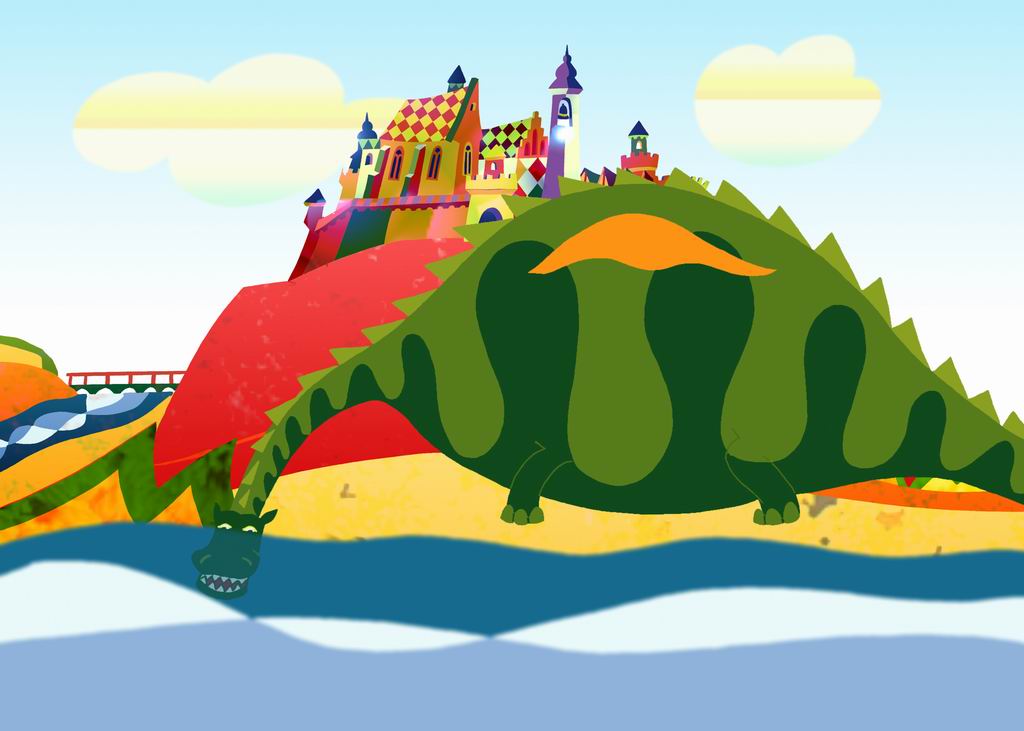If one day you will visit Poland, and you are not easily impressionable, remember to grant a visit to Auschwitz concentration camp. This is not the typical museum from which you will leave with a light heart, but in my opinion, and as a plaque exposed in one of the blocks states: " THOSE WHO DO NOT REMEMBER THE PAST ARE CONDEMNED TO REPEAT IT". And this is something that cannot be forgotten.
 |
|
I visited this place in October 2015, even if I was not really sure about it. However, this is one of the parts of history that I have always studied with interest, so I wanted to see what was there with my own eyes, and years later, I still remember those trembles during the tour. This is the largest among the Nazi concentration camps and it is located in the city of Oświęcim. It is divided into two parts not far from each other, the first one Auschwitz, and the second, Birkenau extermination camp. In this place, around 1.300.000 people were deported, most of them Jews, and 1.100.000 of them lost their lives. At the entrance of the camp, you can find the famous words in German 'ARBEIT MACHT FREI', which we can translate as 'work sets you free', and from there you can start your tour.
 |
| ARBEIT MATCH FREI at the entrance of Auschwitz |
As this is a big space with a lot of blocks and each one with its history, I might suggest, if you go there to book a guided tour, which is available in different languages. During the visit, you can see how the people imprisoned here lived, how they were treated and the jobs they were forced to do. Upon their arrival, they were assigned an identification number, and a triangle on the uniform, that indicated the 'crime' for which they were reclused. Those who were too old or unsuitable for work were sent directly to the gas chambers with the excuse of a 'shower'. Children also received the same treatment as adults and were subjected to medical experiments, how the block 10 can confirm. In block 5 instead, we can find all the personal belonging like shoes, suitcases, glasses and other things, of which prisoners were deprived. In block 4, in addition to the miniature project of the gas chambers and crematoriums, there is a room in which is strictly forbidden to take pictures, that collects all the hair of the imprisoned woman. I still remember the feeling on my stomach walking out of that room. In other blocks, you can see cans of Zyklon B, which was used to kill prisoners in the gas chambers, toilets and dormitories, their uniforms, photos and other pieces of evidence.
 |
|
 |
| Prisoners' s belonging |
Outside block 11, which was the block of the punishment, we can find a yard with the 'death wall', where many people were shot.
 |
| Death wall |
Once the visit to the concentration camp is finished, you can move on to the extermination camp Birkenau, reachable with a shuttle, and at your arrival, guides will ask you to walk all the way through and try to understand the agony of the prisoners. To build this sub-camp, Nazis destroy several houses of civilians living in that area, which was a strategic point to them due to its proximity to the railway, therefore facilitating their logistic operations. In the first place, Birkenau was meant to be a prison for soviet soldiers, however, become a place for mass elimination, with four gas chambers and crematoriums.
 |
| Entrance of Birkenau camp |
Once arrived at the camp, the prisoners were subjected to a period of quarantine to avoid the spread of infectious diseases, however, the living conditions were not better than the people in the nearby camp. In November 1944, to cover up their crimes, the Nazi commanders ordered the destruction of all evidence including the gas chambers, sheds and storehouses. During your tour, if you will get enough close to what is left, you can still smell burning coming out from the ruins. In January 1945, when the Nazis realized that the Soviet forces were close, they began to evacuate the camp with the 'death marches', forcing 60,000 prisoners to move to other camps. 90% of Auschwitz prisoners lost their lives in Birkenau. Today Auschwitz-Birkenau is a memorial visited every year by thousands of people to pay respect to all those who suffered in this place and has become a UNESCO heritage and symbol of the Holocaust.
Some more pictures of the camp

 |
| Ruins of the gas chambers |
 |
| Uniforms |
 |
Carriage used to transport prisoners
|












Very good!
ReplyDeleteLest we forget. Thank you, Michela.
ReplyDeleteSemmai riuscirò ad andarci sarà la mia prima tappa in Polonia.... Grazie Miki... Dalla Sardegna
ReplyDeleteWonderful! Grazie
ReplyDeleteI have always wanted to go there
ReplyDeleteGood!
ReplyDelete